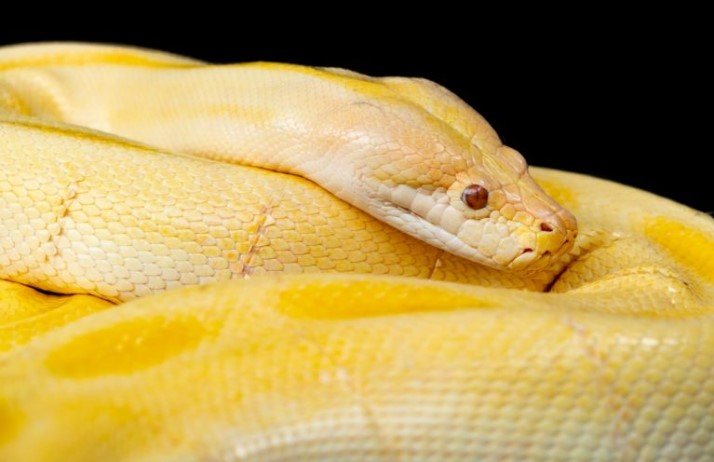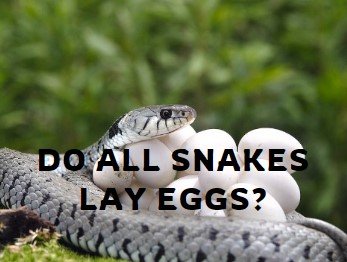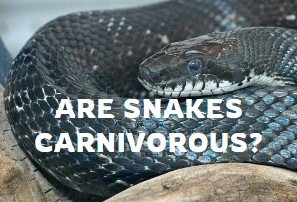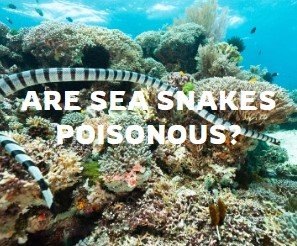Black Snakes: Understanding Venomous Traits and the Truth About Poison
Introduction:
Black snakes, with their sleek and often intimidating appearance, prompt questions about potential venomous or poisonous characteristics. Let’s delve into the intricacies of black snake biology, dispelling myths and shedding light on the truth about whether these serpents are truly venomous.
1. Identification of Black Snakes:
Black snakes encompass several species, including the Eastern Rat Snake, the Black Racer, and the Black Kingsnake. Recognizing the specific species is crucial, as their venomous or non-venomous status varies.
2. Venomous vs. Non-venomous:
The majority of black snakes are non-venomous. They rely on constriction rather than venom to subdue their prey. However, exceptions exist, and certain species, such as the Black Mamba, are highly venomous. Identifying the snake and understanding its habits is essential for accurate assessment.
3. Constriction as a Predatory Strategy:
Non-venomous black snakes employ constriction as their primary method of hunting and subduing prey. Their powerful bodies coil around their prey, squeezing to prevent breathing and ultimately leading to the prey’s demise.
4. Mimicry and Defensive Tactics:
Some non-venomous black snakes, like the Eastern Coral Snake mimic, have evolved to resemble venomous species. This mimicry serves as a defensive strategy to deter potential predators, highlighting the complex dynamics of survival in the snake world.
5. Venomous Black Snakes:
While most black snakes are non-venomous, it’s crucial to be aware of exceptions. The Black Mamba, native to Africa, is a highly venomous species with potent neurotoxic venom. Differentiating between species is vital for personal safety and conservation efforts.
6. Common Non-venomous Species:
In regions like North America, common non-venomous black snakes include the Eastern Rat Snake and the Black Racer. These species play essential roles in controlling rodent populations, making them valuable contributors to ecosystems.
7. Human Interaction:
Non-venomous black snakes are generally harmless to humans. They play vital roles in pest control and are essential components of healthy ecosystems. Venomous species, on the other hand, require cautious handling and respect for their potential danger.
8. Educating for Coexistence:
Understanding the diversity among black snake species and their ecological roles fosters appreciation and coexistence. Educational efforts empower individuals to differentiate between venomous and non-venomous black snakes, promoting responsible interactions with these fascinating reptiles.
Conclusion:
In conclusion, the question of whether black snakes are poisonous depends on the specific species. While the majority are non-venomous and play crucial roles in ecosystems, exceptions exist. Proper identification, respect for their ecological significance, and awareness of potential risks contribute to a harmonious coexistence between humans and black snakes.
Learn more about do snakes have bones.





Leave a Reply